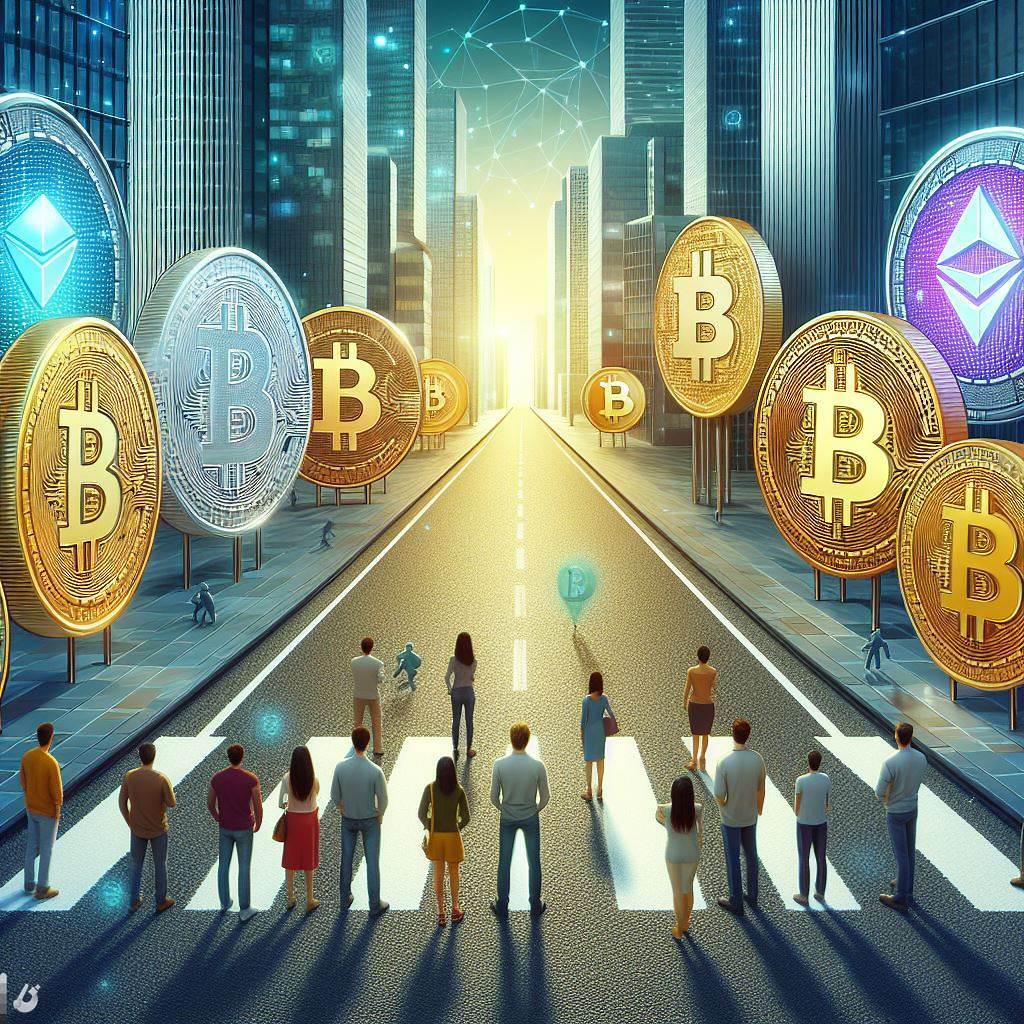
🌱 1. Greener Blockchain is Now a Reality
In the past, blockchain was criticized for its energy-hungry processes. But in 2025, sustainability is front and center:
Proof-of-Stake (PoS) has become the industry standard. Ethereum’s full transition to Ethereum 2.0 was just the beginning — many other chains followed.
Carbon-neutral blockchains are now the norm. Projects offset emissions through verified climate investments and nature-based solutions.
Renewable-powered mining farms are popping up worldwide, especially in regions with abundant solar or geothermal energy.
The future of blockchain isn’t just decentralized — it’s eco-conscious.
🎨 2. NFTs Evolve Beyond Hype
NFTs are no longer just flashy art tokens or overpriced JPEGs.
In 2025, NFTs are utility-driven: think real estate titles, digital identities, smart contracts, luxury goods authentication, and access to exclusive metaverse events.
In gaming, NFTs power cross-game assets, letting users carry their characters, weapons, and skins across multiple worlds.
In the metaverse, NFTs now represent identity, ownership, and access — from virtual land to unique AI-generated companions.
The NFT space has matured, and it's changing how we define ownership in the digital world.
🌍 3. Bitcoin, CBDCs, and Global Digital Currencies
2025 has seen major momentum in both decentralized and centralized digital currencies:
Bitcoin remains a global digital asset, accepted in over a dozen countries for everyday transactions.
Central banks around the world — including the Federal Reserve, European Central Bank, and People’s Bank of China — have launched or expanded their CBDCs (Central Bank Digital Currencies).
Countries like Brazil, India, and South Korea have integrated national crypto wallets into their banking systems.
The world is transitioning into a dual financial system: one public and decentralized, the other state-issued and regulated — and both powered by blockchain.
📡 4. Blockchain + IoT = A Smarter World
The Internet of Things (IoT) continues to explode in 2025 — and blockchain is ensuring its security and reliability:
Supply chains use blockchain to track everything from farm-to-table food to pharmaceutical delivery.
Smart cities use it to authenticate data from sensors, traffic systems, and environmental monitors.
Micropayments between devices (like EVs paying for charging or drones buying access to airspace) are securely enabled through blockchain-based tokens.
Blockchain gives IoT the security layer it desperately needed.
💉 5. Blockchain in Healthcare and Vaccine Tracking
COVID-19 may be behind us, but the lessons of the pandemic live on — and blockchain is now embedded in public health:
Vaccine supply chains are secured end-to-end with tamper-proof blockchain tracking.
Patient records are now managed on encrypted, user-controlled blockchain platforms, giving individuals true ownership over their data.
Telemedicine platforms use smart contracts for secure appointments, prescriptions, and insurance claims.
Trust and transparency in healthcare have found their technological backbone.
🚀 Where Blockchain Goes Next
2025 has made one thing clear: blockchain isn’t a trend. It’s an infrastructure.
From finance to identity, art to agriculture, gaming to government — the blockchain revolution is now fully underway.
We’re entering a world where:
Every transaction is verifiable
Every asset is traceable
Every interaction is secure
And the best part? We’re just getting started.


